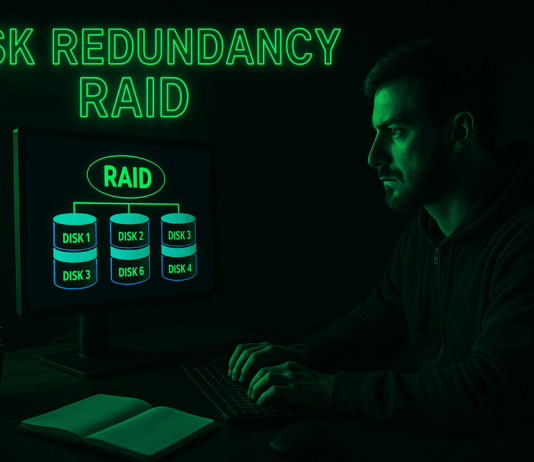DNS Sinking Explained
DNS Sinking (DNS Sinkholing) is a crucial cybersecurity technique used to redirect malicious or unwanted traffic to a controlled IP address, effectively neutralizing threats...
Difference between Proxy and Gateway
A proxy acts as an intermediary between a client and a server, it’s very often used for filtering, caching, and logging web requests.
Types
Forward Proxy...
How NAT and PAT Works
Network Address Translation (NAT)
This is a method that allows multiple devices on a local network to be mapped to a single public IP address,...
Network Topologies Explained
Bus Topology
This setup connects all devices (Network Nodes) in a sequence on a single cable or ‘bus’. Data travels back and forth along the...
Black Holing Made Simple
This is a network security measure used to handle unwanted or potential harmful traffic. If the traffic is unwanted or harmful, all the data...


























